1. Primary Sources
1.1. Visual
1.1.1. artifacts
1.1.1.1. Pottery
1.1.1.2. Fossils
1.1.1.3. Food remains
1.1.1.4. Statues
1.1.1.5. Ruins
1.1.1.5.1. What can the ruins , like walls, tell us?
1.1.2. Letters
1.2. Non-Visual
1.2.1. Stories told by the person
2. Secondary Sources
2.1. Visual
2.1.1. Articles
2.1.1.1. Rplicas
2.2. Non-Visual
2.2.1. Stories based on the person
3. Evaluation of Evidence
3.1. Observations of artifacts
3.1.1. Carvings
3.1.2. Writings
3.2. Sampling
3.2.1. Tempature
3.2.2. Material
3.2.3. Life?
3.3. Replicas that show artifacts more clearly
3.4. Hypothesis
3.4.1. Calculations based on what they find/Reasoned judgement
3.4.2. Guesses
3.4.3. Re-creation of scenes based on what researchers know
3.5. Fact
3.6. Opinion
3.7. Reasoned Judgement
3.8. Restoration
3.8.1. Cleaning
3.8.1.1. Brushing
3.8.1.2. Water
3.8.2. Repairing of artifacts
3.8.3. Why do they restore it?
3.8.3.1. To get a more clear picture
3.8.3.2. When restored, it might be easier to figure things out about it. For example, it might be easier to tell how old it is
3.9. Cataloging
3.9.1. Cleaned
3.9.2. Kept
3.9.3. Restored
3.9.4. Examination
3.9.4.1. Different tools are used. For example, a magnifying glass
3.10. Dating Sources
3.10.1. What does it show us?
3.10.1.1. What his religion was
3.10.1.2. When he was killed
3.10.1.3. How he was killed
3.10.1.4. Why he was killed
4. Modern Archaeology vs Old Archaeology
4.1. Resons people do it
4.1.1. Modern
4.1.1.1. Fame
4.1.1.2. To help people solve mysteries
4.1.1.3. Science
4.1.1.4. learn new things
4.1.1.5. Money
4.1.1.6. To put the artifacts in museums
4.1.2. Old
4.1.2.1. Learn new things
4.1.2.2. Personal collections
4.1.2.3. Money
4.1.2.4. A lot of people traded what they found.
4.1.2.5. Fame
4.1.3. Differences
4.1.3.1. Trade
4.1.3.2. Personal collections

